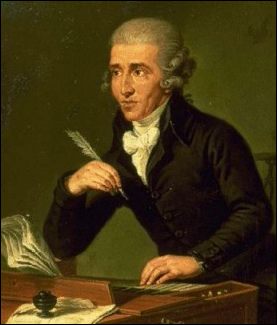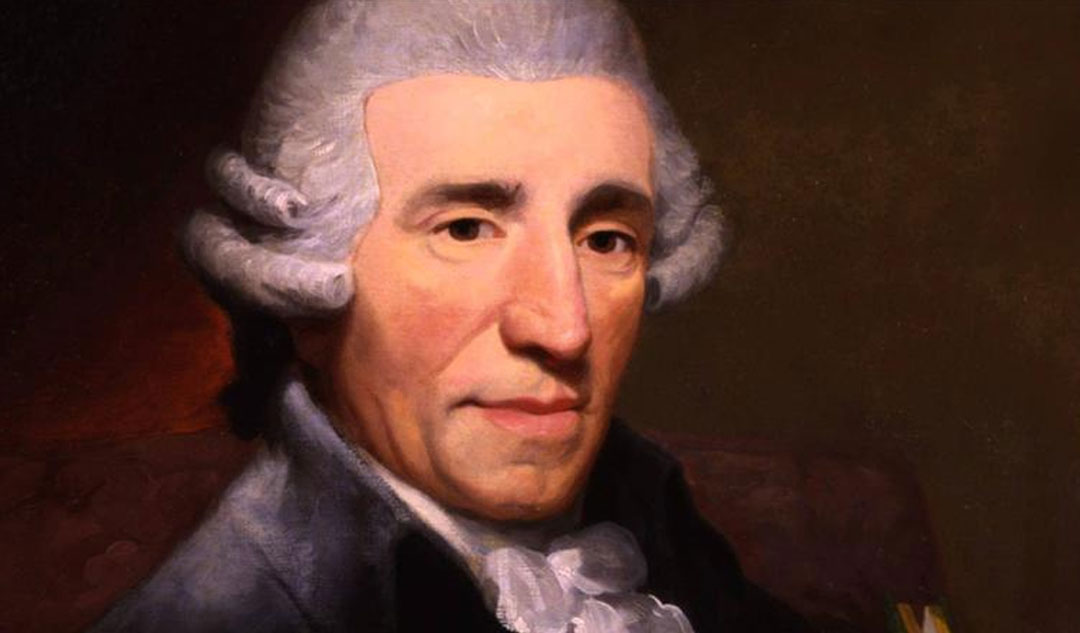


This version has come under suspicion of authenticity due to an occasionally careless manner of transcription, with crucial wind passages left out and only the accompanimental figures in the strings retained. The first violin part includes the Latin text directly under the notes, which "speak" the words musically. This is the form in which the music is most often heard today: a group of seven works (Hoboken-Verzeichnis III/50–56), with the Introduction abutting Sonata I and Sonata VII joined by the Earthquake. Why, then, is Beethoven given credit for experimental daring when Haydn, once again, gets there first?" String quartet version (1787) Īt the request of his publisher, Artaria, the composer in 1787 produced a reduced version for string quartet: Haydn's Opus 51. The only other Classical 'multi-piece' which spreads itself across the entire tonal gamut with this architectural breadth is Beethoven's String Quartet in C♯ minor, op. Musicologist Mark Spitzer observes of this: "In its tonal freedom anticipates late Masses, particularly the Harmoniemesse. Haydn uses an extremely wide range of tonalities for a composition of the time. Much of the work is consolatory, but the "Earthquake" brings a contrasting element of supernatural intervention-the orchestra is asked to play presto e con tutta la forza-and closes with the only fortississimo (triple forte) in the piece. The "Earthquake" movement derives from Matthew 27:51ff. The seven meditations on the Last Words are excerpted from all four gospels. Introduzione in D minor – Maestoso ed Adagio.
#Fun facts about franz joseph haydn full#
The original 1786 work, for full classical orchestra (instrumentation: 2 flutes, 2 oboes, 2 bassoons, 2 horns, 2 trumpets, timpani, strings), is as follows: The priest who commissioned the work, Don José Sáenz de Santa María, had reconditioned the Oratorio de la Santa Cueva, and paid Haydn in a most unusual way – sending the composer a cake which Haydn discovered was filled with gold coins. My composition was subject to these conditions, and it was no easy task to compose seven adagios lasting ten minutes each, and to succeed one another without fatiguing the listeners indeed, I found it quite impossible to confine myself to the appointed limits. The bishop then in like manner pronounced the second word, then the third, and so on, the orchestra following on the conclusion of each discourse. This ended, he left the pulpit and fell to his knees before the altar. After a short service the bishop ascended the pulpit, pronounced the first of the seven words (or sentences) and delivered a discourse thereon. At midday, the doors were closed and the ceremony began. The walls, windows, and pillars of the church were hung with black cloth, and only one large lamp hanging from the center of the roof broke the solemn darkness. It was customary at the Cathedral of Cádiz to produce an oratorio every year during Lent, the effect of the performance being not a little enhanced by the following circumstances. Some fifteen years ago I was requested by a canon of Cádiz to compose instrumental music on the Seven Last Words of Our Savior On the Cross.

Haydn himself explained the origin and difficulty of writing the work when the publisher Breitkopf & Härtel issued (in 1801) a new edition and requested a preface:

"The walls, windows, and pillars of the church were hung with black cloth, and only one large lamp hanging from the centre of the roof broke the solemn darkness."


 0 kommentar(er)
0 kommentar(er)
